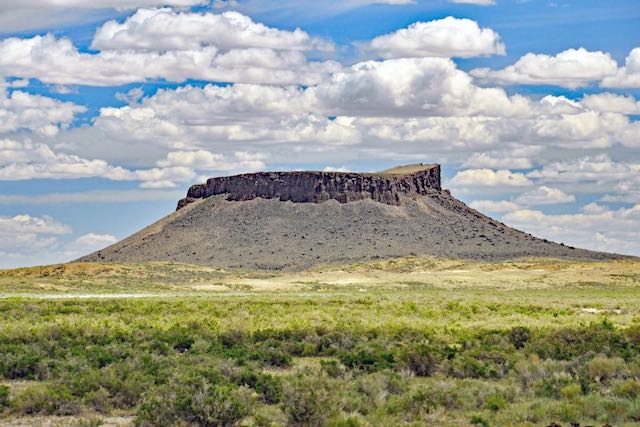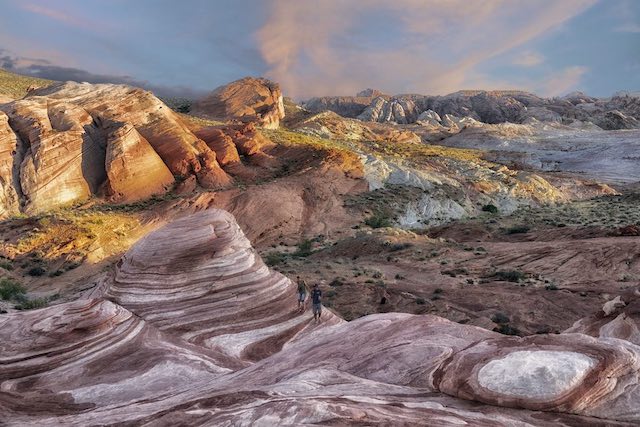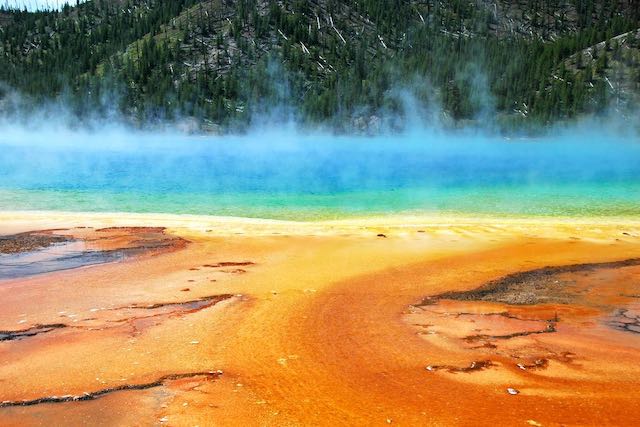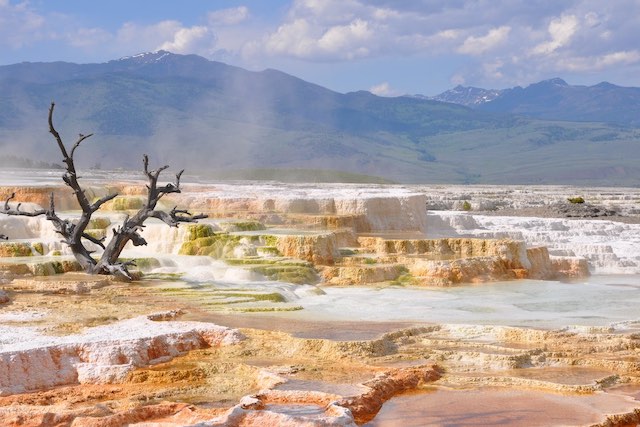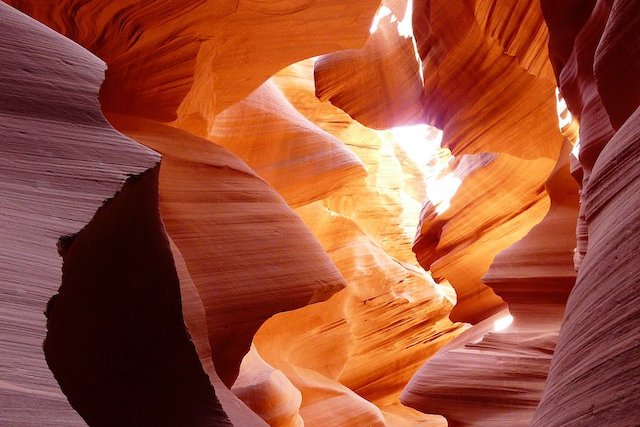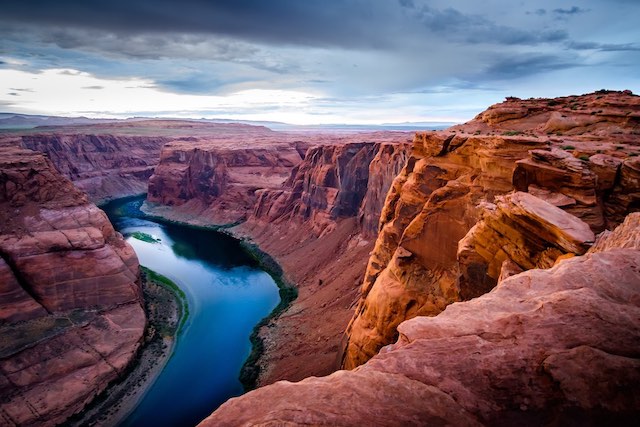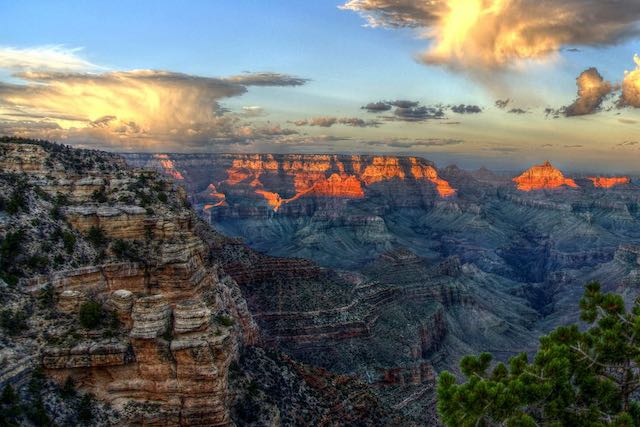
Colorful strata created by volcanic heat and weathering. Death Valley, California, USA
- Update Date:
- Post Date:
Artist’s palette of the Black Mountains Pale purple, blue-green, ochre, white, red, orange, brown, and black. These colorful mountains are the Black Mountains, which form the northeastern slopes of Death Valley in California, USA. As the name suggests, the mountains are black in color, but some parts of the slopes have vivid colors that look as if they have been painted with paint, giving them the name “artist’s palette”. Of course, it is not an artificially painted color, but a naturally formed one. In the Black Mountains, a volcanic area, hot groundwater (hydrothermal water) from the volcanoes acted on the stratum formed by the volcanic ejecta, concentrating various metallic elements, […]

